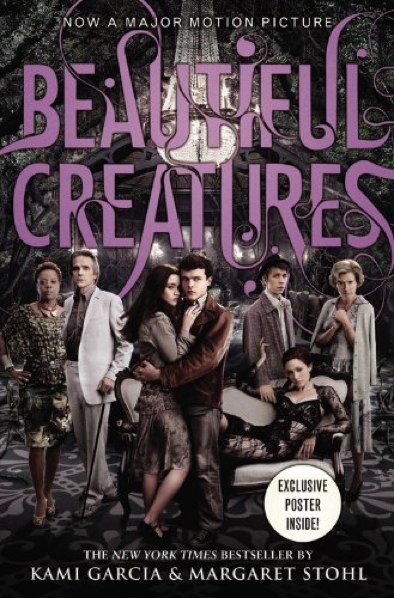I need a word.
Imagine that we have a Tinderbox document. It might have lots of rules and agents. It’s got lots of notes of various kinds. We take a snapshot of the document...right NOW! We’ll call that snapshot the document’s “state”.
Now, we make some changes — adding notes, perhaps, or editing some old notes. And then, we accurately undo each change we’ve made, one by one, until we’re back at the starting point.
Now, is that document’s state changed, or is it not changed? I need a word to describe Tinderbox documents where the state is unchanged.
Want an example? Suppose I have an agent:
Query: $Name=='Communist'
Action: $Color(agent)='red'
The agent is black when we start. If I create a note named “Communist”, then the agent will turn red. If I then undo my action, deleting “Communist”, the agent will still be red. The agent will be red if there is now, or there has ever been, a Communist.
If I remember Peter Thompson’s seminars on Thermodynamics correctly — which I might not — the word for a non-reversible Tinderbox like this would be ergodic. But Espen Aarseth used “ergodic text” to mean something entirely different
, and that usage is now established. (I told him at the time it was a mistake, that someone might need the original meaning. I never thought that I would need it. Oh well.)
We could use “reversible,” but that will make people think of Spring outerwear, won’t it?
We could aim for the Latinate equivalent of the Greek “ergodic”. But “laborious Tinderbox” would be wrong, “operatic Tinderbox” euphonious but misleading, “fabriffic Tinderbox” looks absurd even though it’s got a terrific ffi ligature for font freaks. Something might be made of exerceo as an exercise for the reader. But I’m not feeling it.
There’s got to be a better word. Email me.



